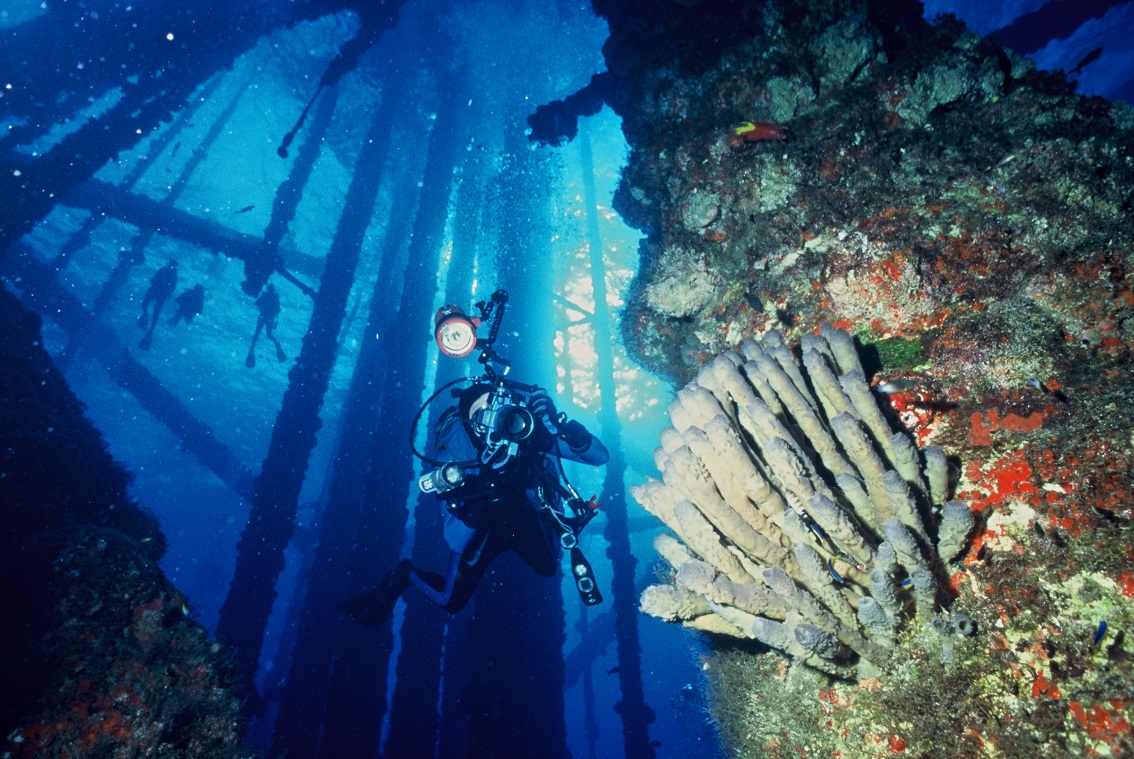Angling: Artificial Reefs
This is Passport to Texas
What do concrete, decommissioned ships and retired oil platforms have in common? They’re all materials used to create artificial reefs in the Gulf of Mexico. But if you ask Dale Shively which is best material for creating this marine habitat, he says: it depends.
04— We have all of those materials in our program, and they all serve a different purpose.
Shively is Texas Parks and Wildlife program leader for artificial reefs.
27— Farther off shore, we have mainly petroleum platforms. They’re solid, stable, and durable. They’re massive structures that give a lot of area to invertebrate growth and bring in a lot of fish species. Ships that we put out are good habitat, but they’re also primarily to bring in diving opportunities. And then as you move in closer to shore, in our near shore reefs, we use a lot of concrete – bridge rubble and things like that – that are good for fishing.
The reefs create habitat for marine species, and this leads to better angling and diving opportunities.
12— What we’ve seen with the Texas Clipper project, is that economic returns for angling could be over a million dollars a year back to the local economy. Whereas diving could be several million.
Find an article on the value of artificial reefs in the June issue of Texas Parks and Wildlife magazine.
The Wildlife and Sport Fish Restoration program supports our Series. For Texas Parks and Wildlife, I’m Cecilia Nasti.



 Passport to Texas is a
Passport to Texas is a  Passport to Texas is made available by:
Passport to Texas is made available by: